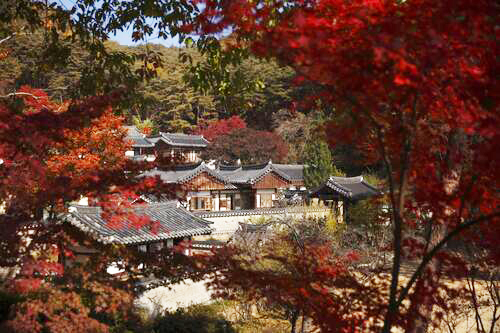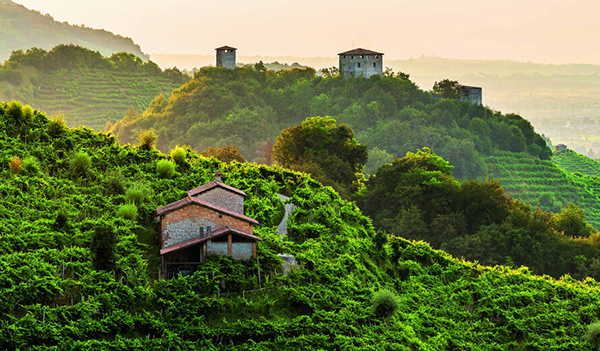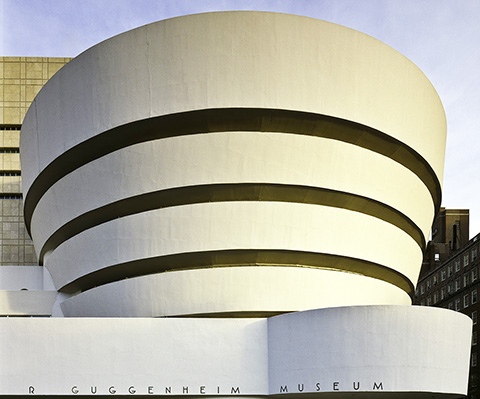CulBeat Express
2019.07.08 14:43
한국 서원 9곳, 프로세코와 프랭크 로이드 라이트 설계 건물 8채 UNESCO 세계문화유산 등재
조회 수 1545 댓글 0
한국 서원 9곳, 프로세코, 프랭크 로이드 라이트 건물 8채 UNESCO 세계문화유산 등재
조선시대 교육기관인 서원이 유네스코(UNESCO) 세계문화유산에 등재됐다. 6월 30일부터 아제르바이잔 바쿠에서 열린 제43차 세계문화유산위원회는 6일 ‘한국의 서원(Seowon, Korean Neo-Confucian Academies)’을 세계유산목록에 등재한다고 발표했다. 이로써 한국은 1995년 처음으로 등재된 석굴암, 불국사, 해인사 장경판전, 종묘 등 14개 UNESCO 세계문화유산을 보유하게 됐다.
세계문화유산으로 지정된 ‘한국의 서원’은 소수서원(경북 영주), 도산서원(경북 안동), 병산서원(경북 안동), 옥산서원(경북 경주), 도동서원(대구 달성), 남계서원(경남 함양), 필암서원(전남 장성), 무성서원(전북 정읍), 돈암서원(충남 논산) 등 총 9곳이다. 2019 세계문화유산에 등재된 곳은 프랭크 로이드 라이트 설계 건물 8곳과 이탈리아 스파클링 와인 산지 '프로세코(Prosecco)' 등 총 29곳이다.

Dosan Seowon in 2013, Photo: Oh Jong-eun
Seowon, Korean Neo-Confucian Academies
Republic of Korea
Criteria: (iii)
This site, located in central and southern parts of the Republic of Korea, comprises nine seowon, representing a type of Neo-Confucian academy of the Joseon dynasty (15th—19th centuries CE). Learning, veneration of scholars and interaction with the environment were the essential functions of the seowons, expressed in their design. Situated near mountains and water sources, they favoured the appreciation of nature and cultivation of mind and body. The pavilion-style buildings were intended to facilitate connections to the landscape. The seowons illustrate an historical process in which Neo-Confucianism from China was adapted to Korean conditions.
https://whc.unesco.org/en/newproperties

Le Colline del Prosecco di Conegliano e Valdobbiadene (Italy) — Located in north-eastern Italy, the site includes part of the vinegrowing landscape of the Prosecco wine production area. The landscape is characterized by ‘hogback’ hills, ciglioni – small plots of vines on narrow grassy terraces – forests, small villages and farmland. For centuries, this rugged terrain has been shaped and adapted by man. Since the 17th century, the use of ciglioni has created a particular chequerboard landscape consisting of rows of vines parallel and vertical to the slopes. In the 19th century, the bellussera technique of training the vines contributed to the aesthetic characteristics of the landscape.

The 20th century Architecture of Frank Lloyd Wright (United States of America) – The property consists of eight buildings in the United States designed by the architect during the first half of the 20th century. These include the Fallingwater (Mill Run, Pennsylvania), the Herbert and Katherine Jacobs House (Madison, Wisconsin) and the Guggenheim Museum (New York). These buildings reflect the “organic architecture” developed by Wright, which includes an open plan, a blurring of the boundaries between exterior and interior and the unprecedented use of materials such as steel and concrete. Each of these buildings offers innovative solutions to the needs for housing, worship, work or leisure. Wright's work from this period had a strong impact on the development of modern architecture in Europe.





